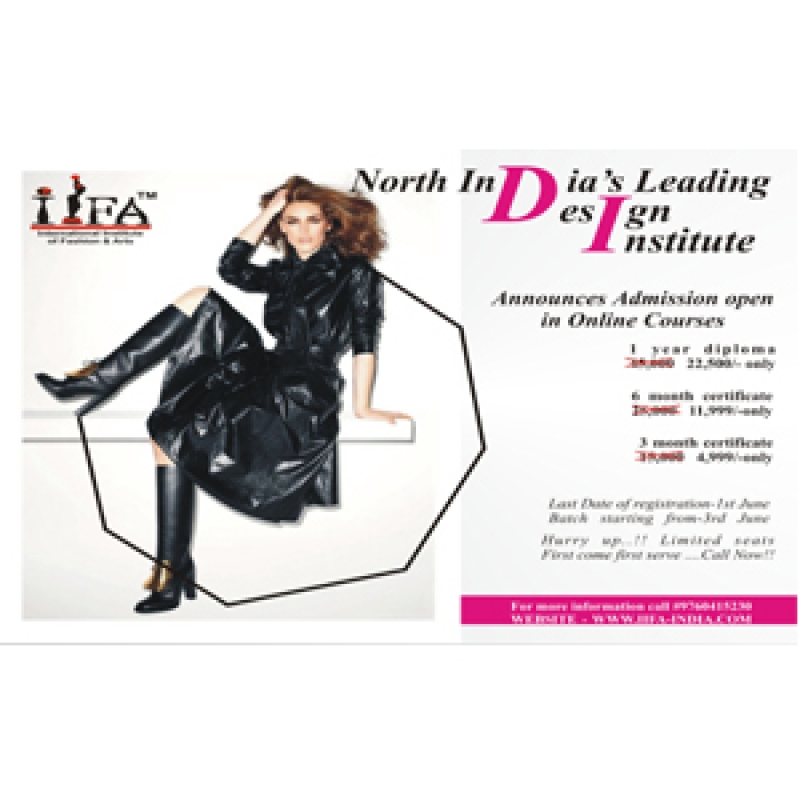What Is Gender-Neutral Fashion?
Gender-neutral, or unisex fashion, refers to clothing that is not designed with a specific gender in mind. Instead of being rooted in rigid norms about what men or women should wear, these pieces prioritize comfort, versatility, and personal expression. It’s less about erasing gender and more about giving individuals the freedom to define their style on their own terms.
From oversized silhouettes to sleek tailoring, gender-neutral fashion celebrates clothing as a medium of self-expression—unrestricted by traditional expectations. Brands are focusing on pieces like boxy blazers, relaxed trousers, neutral-toned tops, and fluid fabrics that work across body types and identities.
The Evolution of Gender in Fashion
Historically, fashion has been heavily gendered. High heels were once worn by men in the 17th century before becoming a staple in women’s wardrobes. Similarly, trousers, once considered strictly masculine, became mainstream for women only in the 20th century.
Designers like Yohji Yamamoto, Rei Kawakubo, and Jean-Paul Gaultier were among the early pioneers who blurred gender lines in high fashion. Today, newer brands like Telfar, Eckhaus Latta, and Collina Strada, along with global retailers such as Zara and H&M, are embracing and promoting gender-neutral lines, signaling a shift from niche to norm.
Why It Matters
-
Inclusivity and Identity: Gender-neutral fashion provides an inclusive space for non-binary, transgender, and gender-fluid individuals. Clothing becomes a tool for authenticity rather than conformity.
-
Cultural Relevance: As conversations about gender fluidity gain momentum in media, education, and politics, fashion is reflecting and amplifying those values.
-
Sustainability and Practicality: Unisex clothing often focuses on timeless designs and quality over fast trends. Shared wardrobes and adaptable pieces also support more sustainable consumption habits.
-
Creative Freedom: Designers are no longer confined to gendered rules. This freedom opens doors to more experimental, diverse, and boundary-pushing design philosophies.
Industry Adoption and Challenges
While many independent and luxury designers have embraced gender-neutral fashion, mainstream adoption still faces hurdles. Department stores and e-commerce sites often continue to separate clothing by gender, and marketing strategies can fall short in authentically representing diverse identities.
However, progressive campaigns, celebrity endorsements, and Gen Z’s vocal advocacy are accelerating change. Public figures like Harry Styles, Janelle Monáe, and Billy Porter have used their platforms to normalize gender-fluid fashion, making it both visible and aspirational.
How to Embrace Gender-Neutral Fashion
-
Focus on Fit and Feel: Choose clothes that align with how you want to feel—not how you’re expected to look.
-
Explore Beyond the Labels: Don’t let the "men’s" or "women’s" tag limit your choices. Try shopping across sections or from brands that explicitly offer genderless lines.
-
Mix and Match: Pair feminine textures with masculine shapes, or vice versa, to create unique, hybrid styles.
-
Support Inclusive Brands: Look for designers and labels that prioritize inclusivity, representation, and ethical production.
Conclusion
Gender-neutral fashion is not just a trend—it’s a movement. It represents a broader cultural shift toward acceptance, authenticity, and innovation. As fashion continues to break free from traditional boundaries, it becomes more than just clothing—it becomes a language of identity, agency, and freedom. In a world striving for equality and self-expression, gender-neutral fashion stands not just as a style statement, but as a social one.



















Your Message